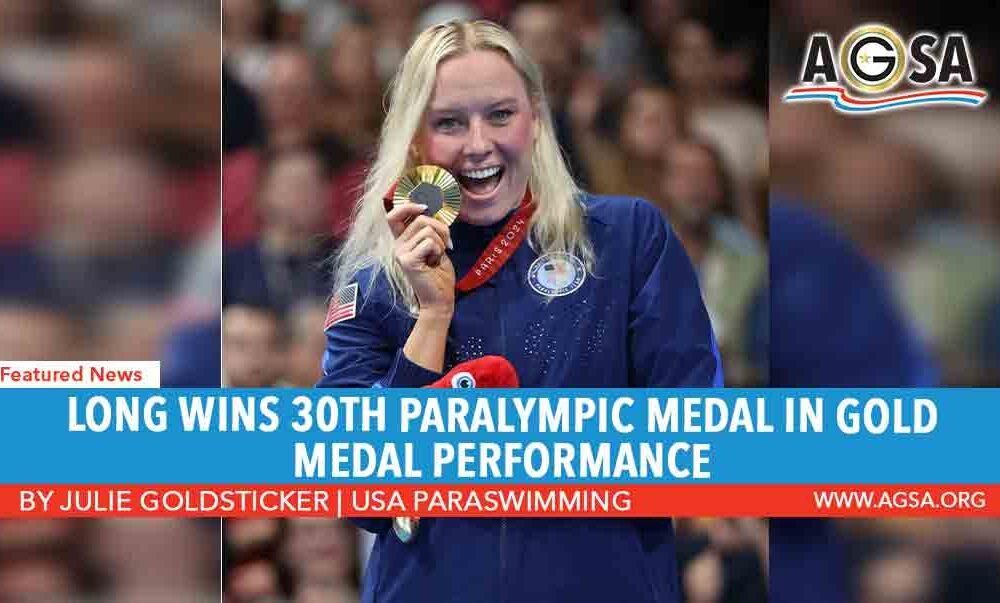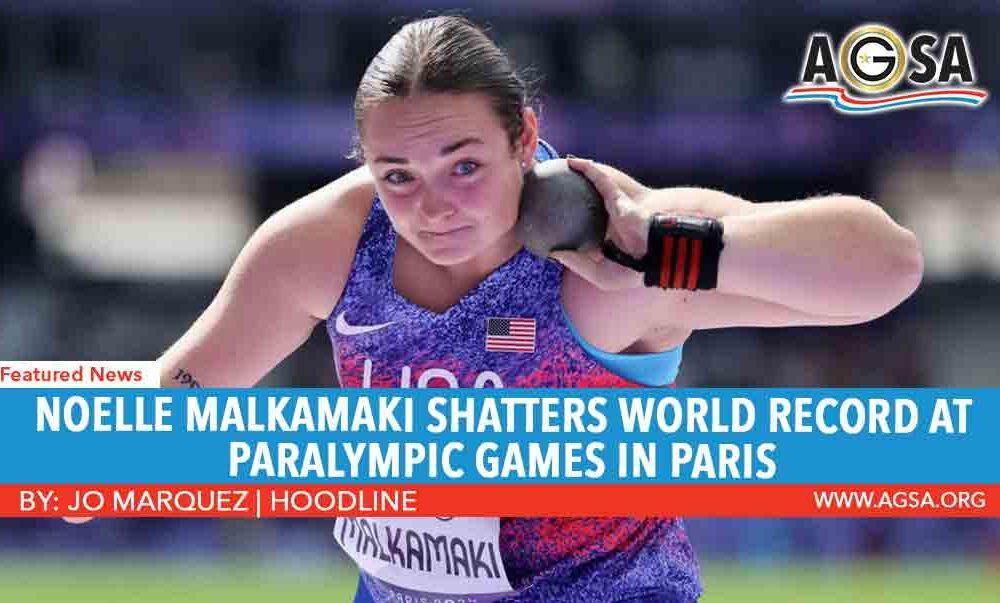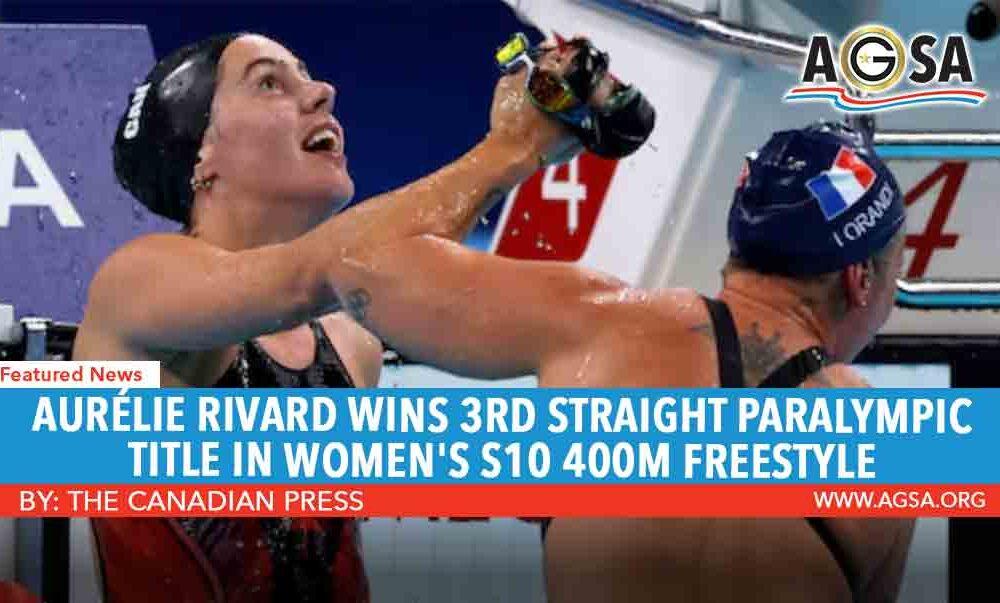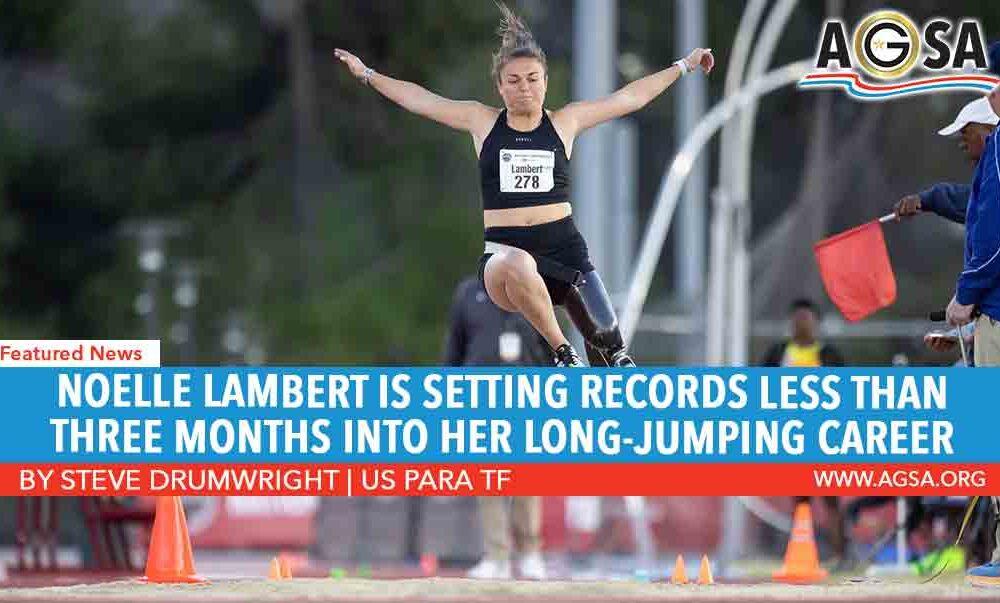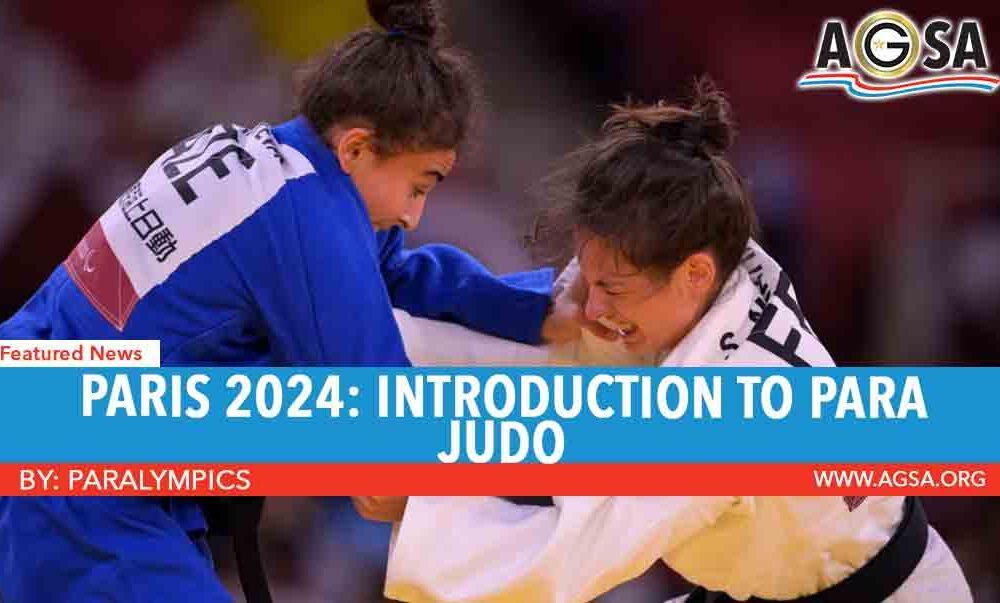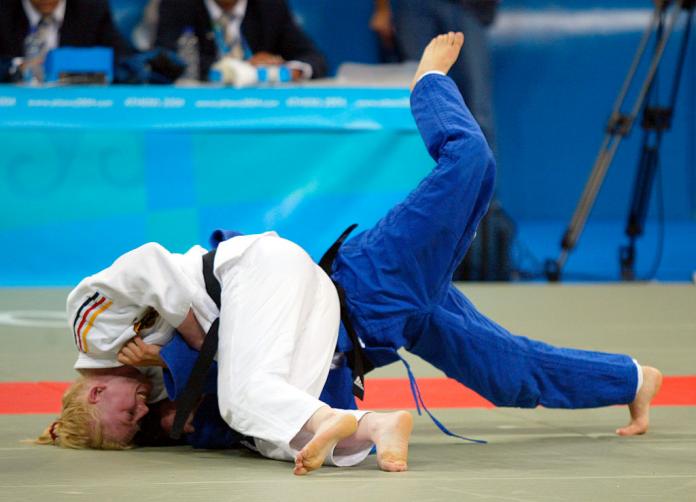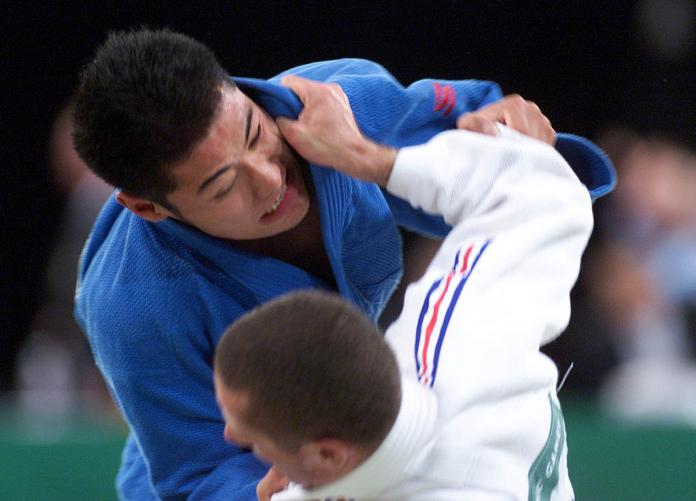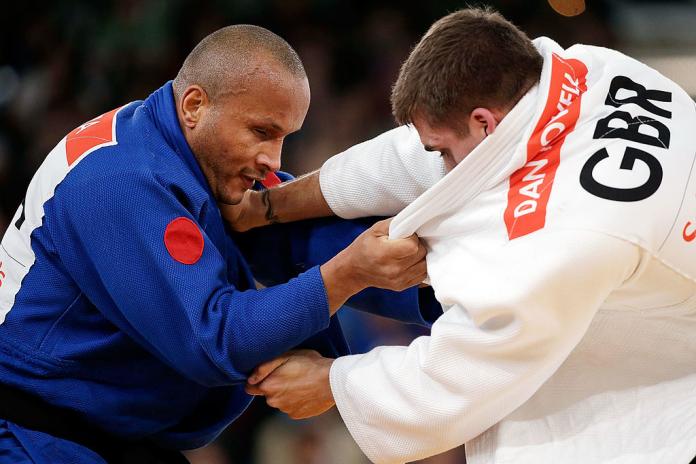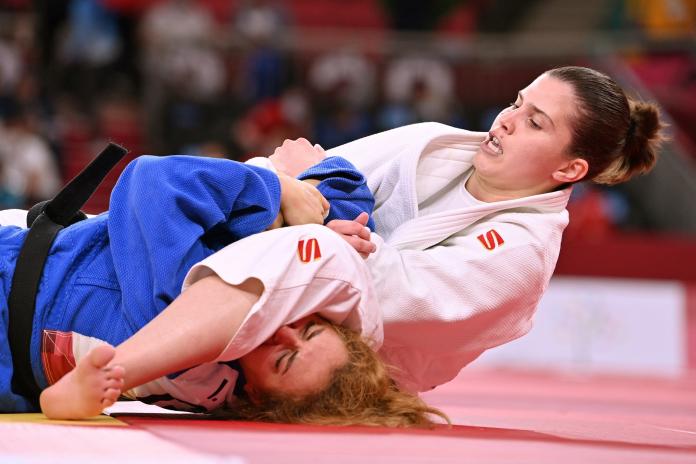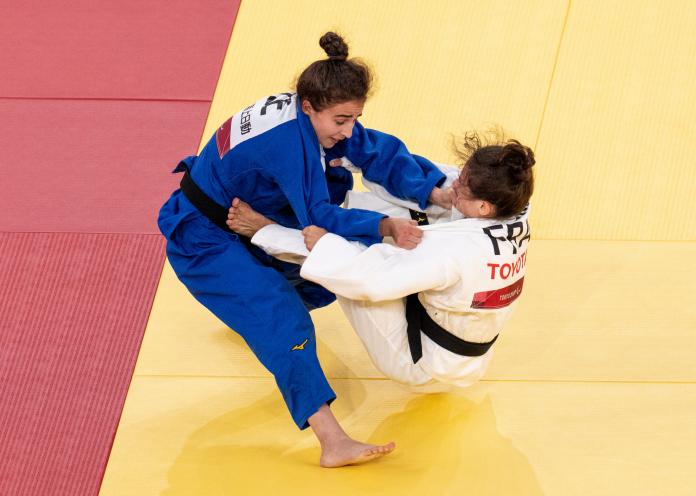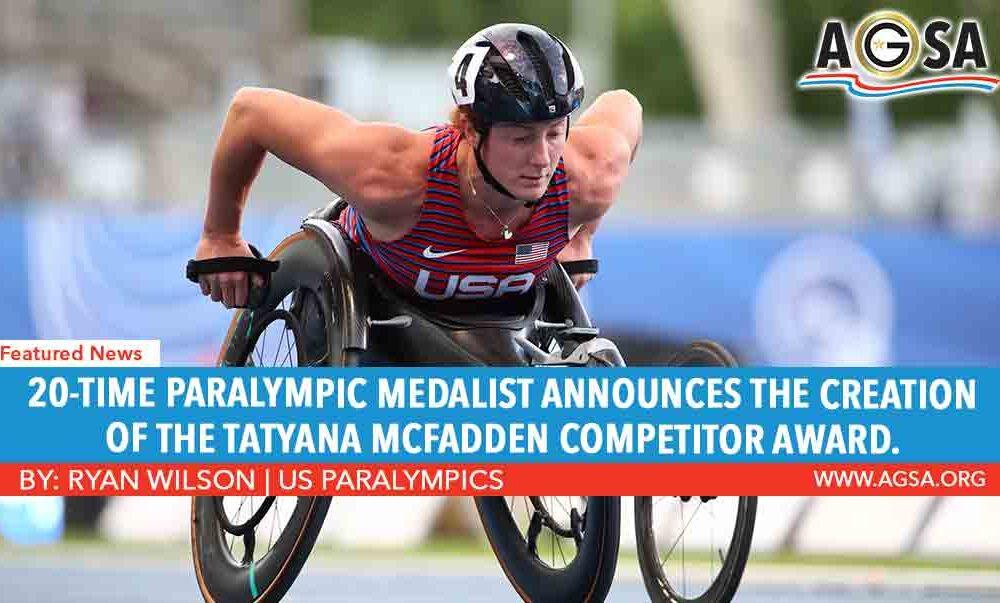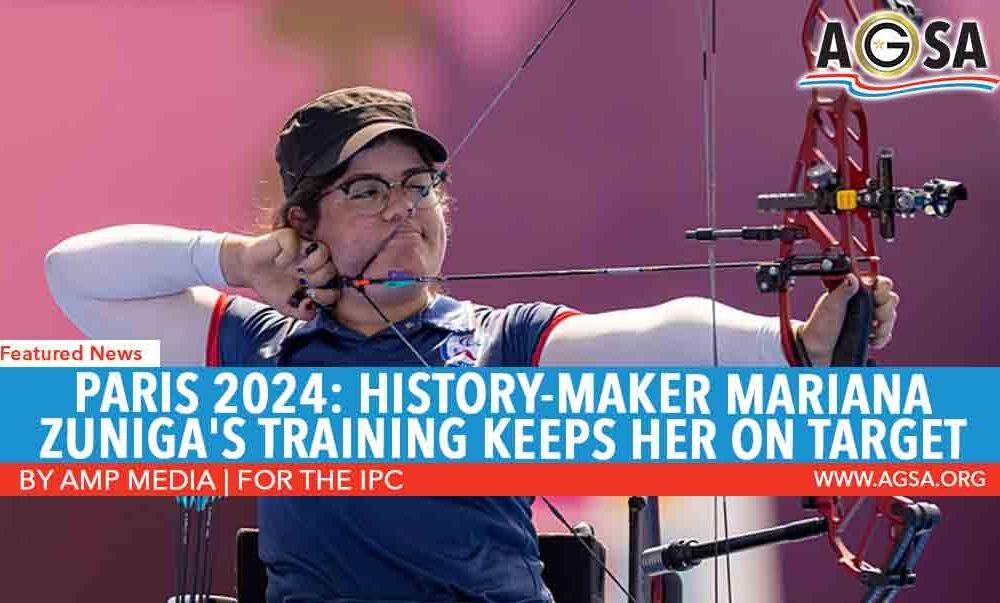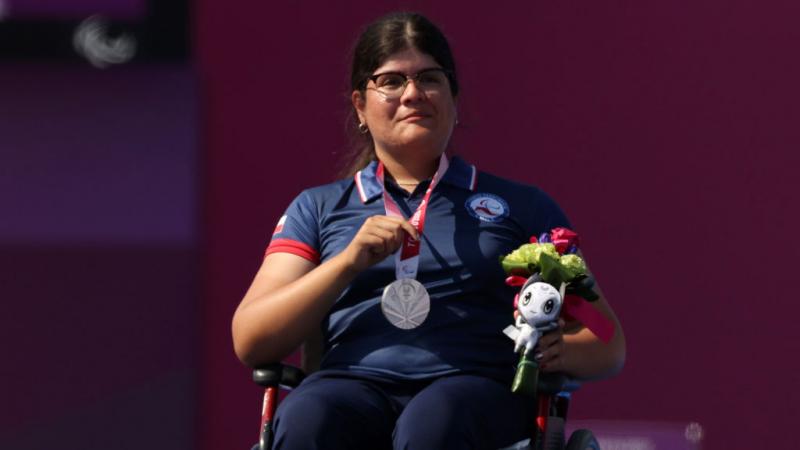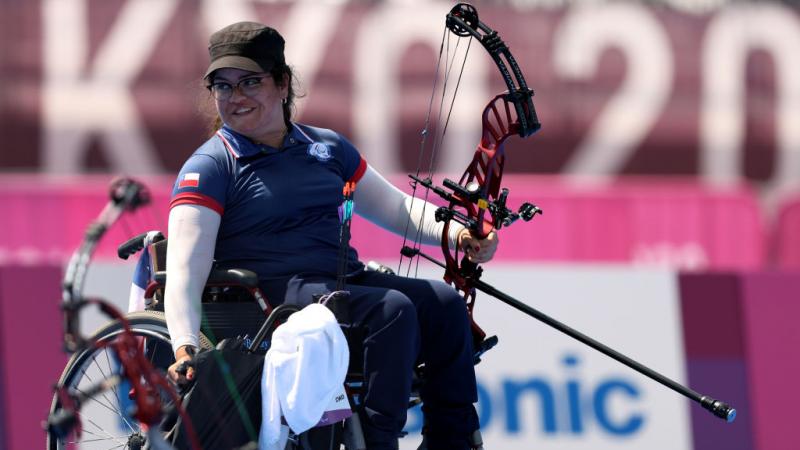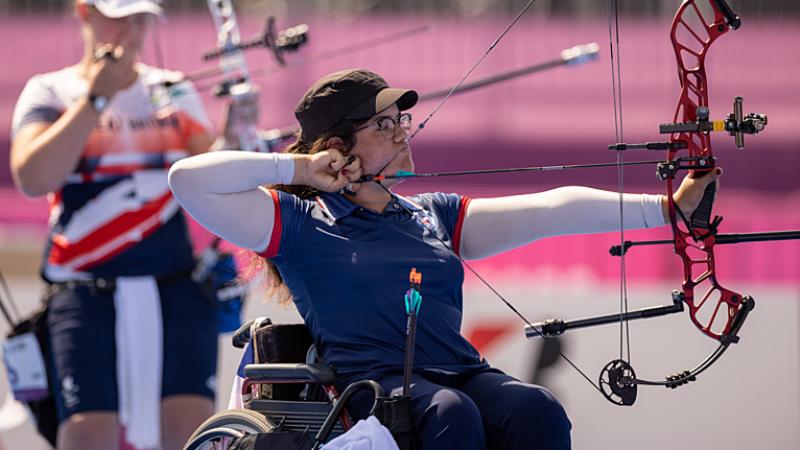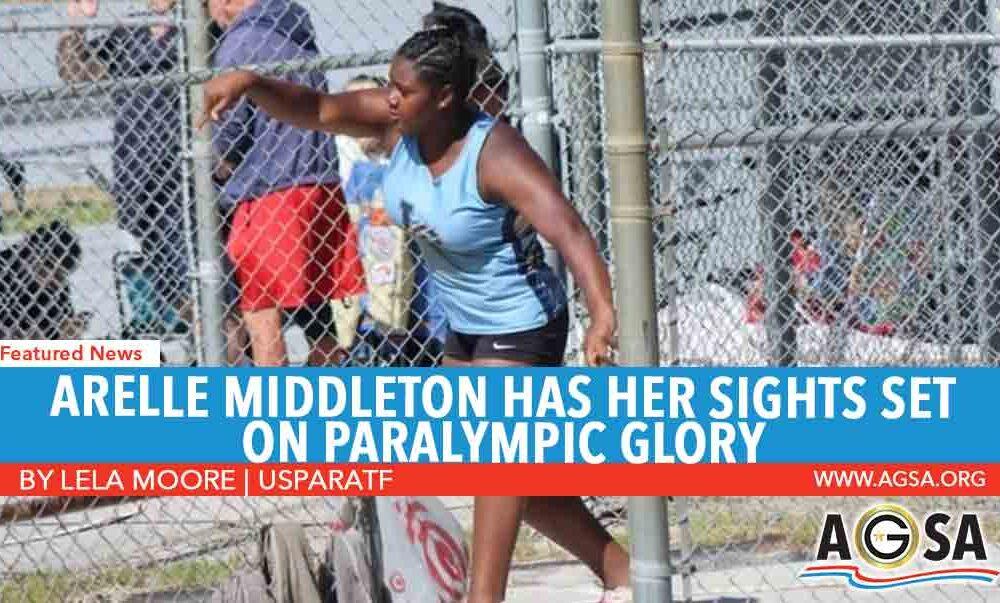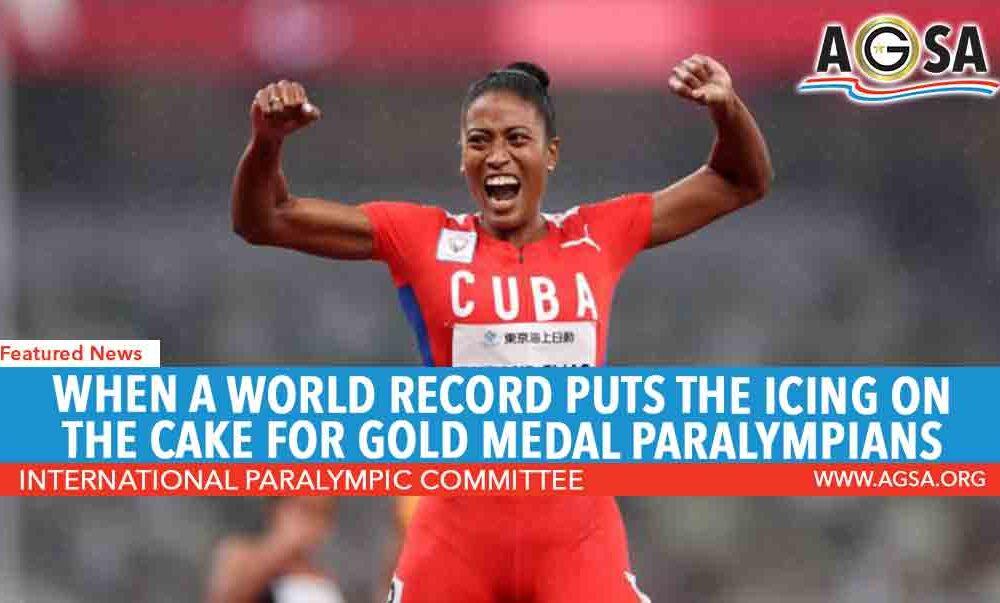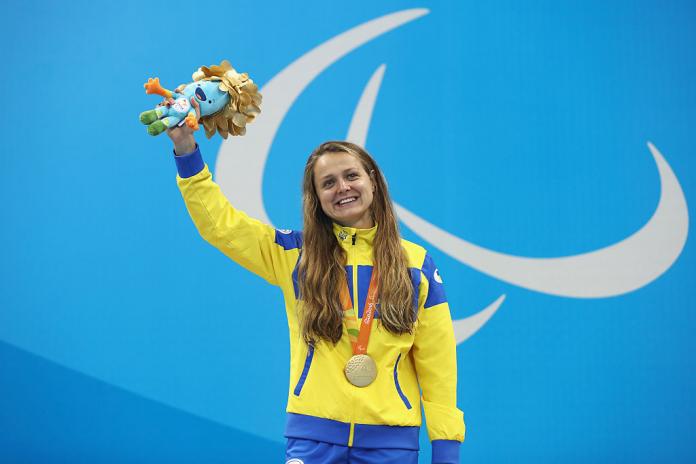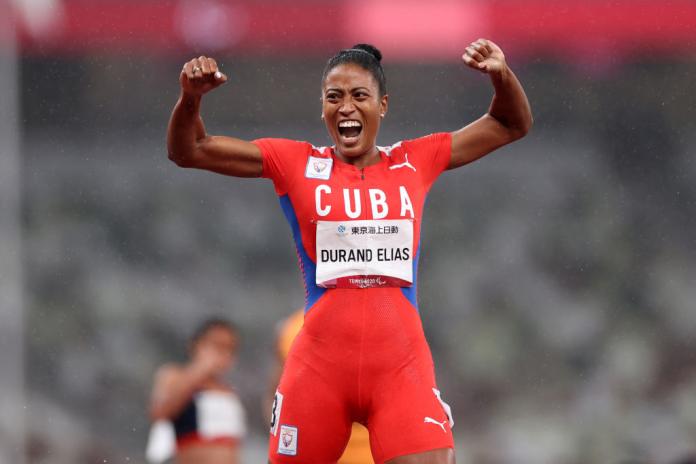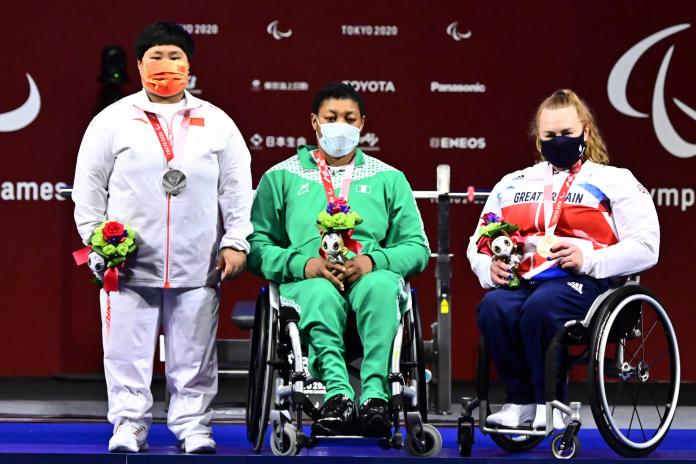by Julie Goldsticker | USA ParaSwimming
PARIS – Six-time Paralympian Jessica Long (Baltimore, Maryland) won her 30th Paralympic medal on Wednesday, scoring gold in the women’s 400-meter freestyle S8. Morgan Stickney (Cary, North Carolina) and Christie Raleigh Crossley (Toms River, New Jersey) each added silver medals in the women’s 100-meter freestyle S7 and 100-meter freestyle S9 respectively.
Long’s gold medal is her sixth in the women’s 400-meter freestyle alone and her fourth first-place finish in the event going back to the Athens 2004 Paralympic Games. She almost didn’t compete in the race following a silver medal finish in Tokyo but Long’s idol and director of U.S. Paralympics Swimming Erin Popovich provided the encouragement she needed to return to the 400 free.
“After Tokyo, I said to reporters, ‘I’m never doing that race again’ and here we are three years later. It was Erin Popovich who talked to me in December and said Jess, you need to get back into training for the 400 and I’m so glad she gave me that push. I got sixth in the backstroke, and fourth in the IM and I’m just really thankful and grateful. I got to stand on the podium but there’s so many people that should have been up there with me,” she said.
The 32-year-old felt the aches and pains from her competitions earlier in the day. “I woke up today really sore. My back was hurting. I’m so thankful for my coach who just continued to believe in me the whole day. I just remember thinking to myself before I jumped in – do this is for the little Russian girl who never gave up,” Long said.
She acknowledged that winning that 30th medal was important to her, and she accomplished what she set out to do. “I wanted to get to 30. That’s the goal. It’s so hard to prove can I do it again and again. This is my sixth Paralympic Games,” she said. “I was proud of my first Paralympic medal when I was 12 years old and I won by a tenth of a second and this to me is probably right up there. Just going back and showing my friends and family that I won a gold medal, there’s nothing better.”
As she approaches the end of her sixth Paralympic Games with a stacked trophy case, Long still doesn’t allow her medal count to be the full representation of who she is. “It’s amazing but this doesn’t define me. It can’t. I want people to see my work ethic and I want them to see how long I’ve done it and I want them to be proud of that and the fact that I’m still here. That’s a gold medal to me,” she added.
Long will complete her Paris 2024 schedule on Saturday in the women’s 100-meter butterfly S8.
Crossley has been racking up the hardware in Paris and Wednesday was no exception. She followed her gold medal on Tuesday with a silver in the women’s 100-meter freestyle S9. Despite her busy schedule, Crossley is enjoying her time in the pool at the Paris La Defense Arena. “It was fun to race. I’m definitely sore. I just want to go out there and have fun. Swim the best that I can in the pool. Come out with a smile on my face and I think everyone saw that there was a smile on my face tonight,” Crossley said.
She isn’t solely focused on her medal count. “The medal color doesn’t matter to me. It’s just putting out that best effort. Even if that wasn’t a podium, even if it was a fourth place and I gave everything I have. You’ve got to be happy if you’re coming out smiling. There’s zero expectations. It’s all about how we feel when we get done racing,” Crossley said.
She will be back for one more race, the women’s 100-meter butterfly S9 on Friday.
Stickney also put on quite a show in Paris, winning gold in her last event on Monday. She closed out her Paris 2024 Games with a silver medal in the women’s 100-meter freestyle S7 on Wednesday night and although it didn’t go exactly as she hoped, she is grateful to be able to compete. “I feel great. It wasn’t exactly how I wanted to do in the race, but I’m just honored to be here and really grateful to have this opportunity. Six or seven months ago, I didn’t even know if I would be here so to be able to be here and represent my country and come home with two medals is amazing,” Stickney said. “It was a bit of a challenge, but I tried my best and at the end of the day, I’m really happy.”
She says her biggest takeaway is to be able to have her family, supporters and medical team with her in Paris. “Having everyone up in the stands will be my biggest memory. I didn’t have that in Tokyo so being to share this moment with them is incredible,” she added. Today’s race was the final event of Paris 2024 for Stickney.
